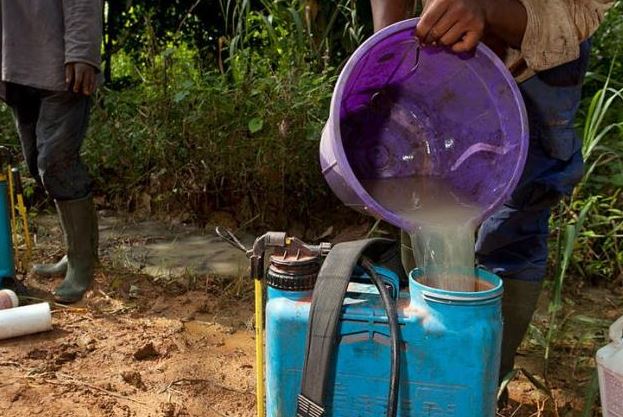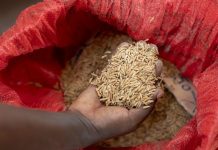AfricaPress-Kenya: The United Nations Population Division estimates that, by the year 2050, there will be 9.7 billion people on earth – around 24 per cent more people than in 2020.
Huge population growth will occur in developing countries.
To keep pace with population growth, the Food and Agriculture Organisation (FAO) estimates that 80 per cent of the food production, in developing countries will come from increased yields and frequent crop growing.
Only 20 per cent of the new food production is expected to come from the expansion of farming land.
About 20 per cent to 40 per cent of the world’s potential crop production is lost annually to pests and diseases, necessitating the use of pesticides. Globally, over two million tonnes of over 1,000 various pesticides are used annually.
In Kenya, pesticides have been used for over 90 years with 17,803 tonnes imported in 2018 up from 12,233 tonnes in 2014.
Kenyatta University (KU) recently carried out a study on the safety status of tomatoes grown and consumed in Kirinyaga, the second leading tomato producing county in Kenya.
Records show Kenya contributes 340,000 tonnes to the 177 million tonnes global annual tomatoes production.
Tomato is also the second leading vegetable in Kenya in terms of value after potato. Its open field production accounts for 95 per cent of the total produce.
The study sought to determine pesticide residue levels in tomatoes grown in open fields, greenhouses and the levels in the market and at the consumer level.
Randomly sampled tomato specimens were analysed at the Kenya Plant Health Inspectorate Service laboratory using a method by the Codex Alimentarius Commission (CAC), a food standards body. It was to establish Maximum Residue Limits (MRLs) expressed in mg/kg body weight for pesticides in food.
Over 56 per cent of all samples had pesticide residues above the detection limit of 0.001mg/kg.
They included samples from greenhouses, 40 per cent of those grown in open fields and 60 per cent on consumers’ tables.
About 43 per cent of the samples had one pesticide residue, 8.6 per cent had a combination of two pesticide residues, while 5.7 per cent had three pesticide residues.
These pesticides residue levels were compared with the CAC MRLs and about 30 per cent of samples of tomatoes from greenhouses had levels significantly above the CAC recommended MRLs. These included the fungicides Azoxystrobin, Carbendazim and Difenoconazole and insecticides Malathion and Acetamiprid.
Samples collected from tomatoes from the open field farms had high levels of Acetamiprid, Carbendazim and Malathion while 40 per cent of samples collected at market levels had significant Acephate levels above the CAC recommended MRLs.
Of importance is the degree of toxicity of the active reagents of these pesticides. Simranjeet et al in their study on toxicity, monitoring and biodegradation of the fungicide Carbendazim found that it causes embryotoxicity, apoptosis, and teratogenicity.
Others are infertility, hepatocellular dysfunction, endocrine-disrupting effects, disruption of haematological functions, mitotic spindle abnormalities, mutagenic and aneugenic effect.
While the KU study showed 42 per cent of the tomato farmers had been trained on the safe use of pesticides, errors such as application of multiple pesticides with similar active ingredients were observed.
This illustrates the information gap affecting farmers.
The State and regulatory bodies should heed the World Health Organisation’s call to ban pesticides that are most toxic to humans. The move will protect public health by setting maximum limits for pesticide residues in food and water.
Monitoring and assessment of food quality should be prioritised and the requisite resources allocated to safeguard the long-term health of our population.






